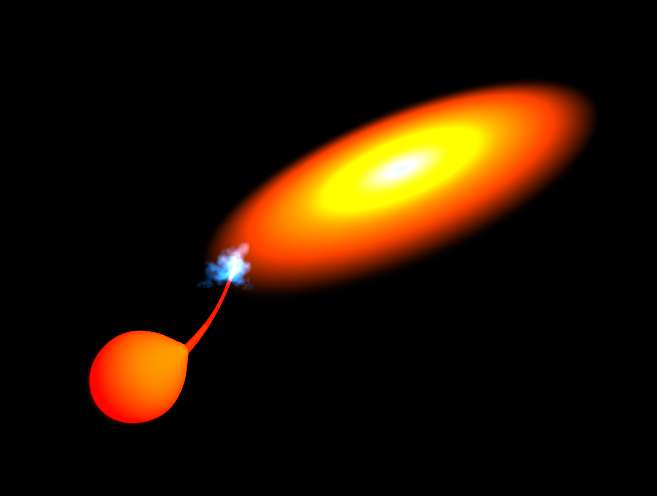Research on Cataclysmic Variables
The University of Athens Observatory has performed several follow up observations of novae, dwarf novae and supernovae candidates, as well as cataclysmic variables with the 0.40 m telescope.
The symbiotic system YY Her was one of the very interesting targets, frequently observed from UOAO for several weeks in the frame of an international observing campaign. The multi-site campaign has resulted with a very good coverage of the expected minimum of light variation, offering the opportunity to study the nature of the common envelope, surrounding the members of the system.
Since 2003 the massive cataclysmic variables EE Cep and AZ Cas are observed, while participating in the international observing campaign in collaboration with the University of Torun, Poland. The purpose of this study is to investigate the structure of the accretion disc in these giant systems, as they appear quite complicated with several rings and gaps, which vary through time, as the systems rotate every 5.6 and 9.3 years respectively. The study of these two systems gave so far four papers in journals and conference proceedings and there are two more undergoing analysis for the recent (2014) eclipse events.
The University of Athens Observatory participated in several observing campaigns on Cataclysmic Variables, which resulted in publications and scientific announcements in refereed journals.



